When you first think, the idea of spreading a layer of compost, topsoil, or sand over your lawn could appear to be a bit ludicrous. After all, the grass is supposed to be growing on top of the dirt, not under it.
This, however, is what top dressing is, and it may be the solution to your lawn issues, be it weeds, lawn diseases, or just a dreary-looking turf. And trust me when I say this simple lawn care technique can transform a drab landscape into a showpiece. Read on and let’s talk about top dressing lawns.

Top dressing a lawn with compost provides long-lasting, slow-release nutrients for maximum grass growth.
Top dressing involves putting soil, sand, and compost on the surface of a lawn. This method, which has been used ever since golf was created in Scotland, is seeing a resurgence in recent years.
Top dressing is the way to go if you want to revitalize your lawn without the hassle of ripping up the grass and planting new sod. You can either apply top dressing everywhere in your yard or just in the areas that need it most before overseeding.
Top dressing materials include soil, peat, sand, compost, and loam. Since all of the additional materials will progressively become parts of the root zone (the dirt where grass roots grow best), they need to integrate effectively and have a similar composition to the existing soil. Although this gardening technique has several advantages, its most well-known for creating gorgeous-looking lawns.
You are missing out on a lot if you haven’t started top dressing your lawn yet. So, read on, and we will tell you everything there is to know about top dressing a yard.
Benefits Of Top Dressing A Lawn
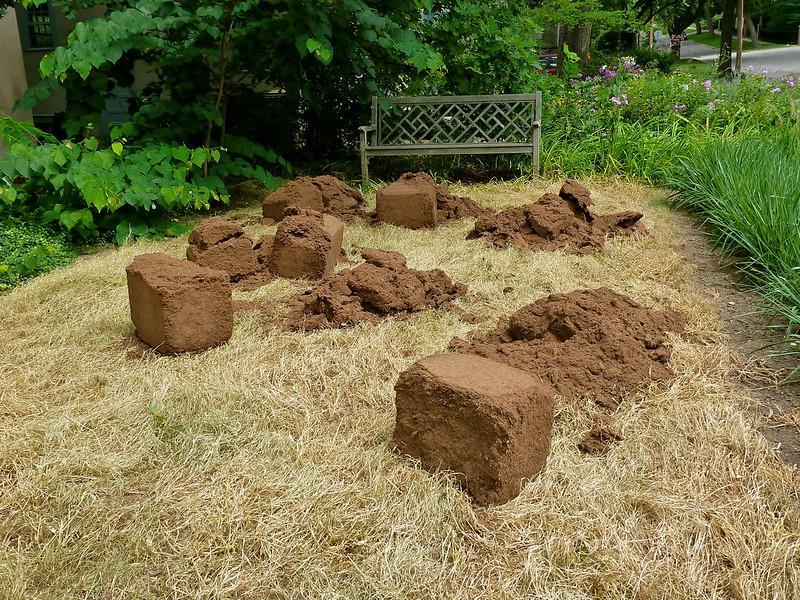
If you top dress your grass with a peat-based material, it will be more resistant to drought.
When the soil beneath your grass begins to lose its vitality or when it is a new lawn that isn’t doing well, taking out all of the grass to amend the soil isn’t a viable solution.
This is where top dressing can help.
In fact, it helps with many aspects of lawn care. For instance, If you do it right, you can reduce the amount of fertilizer and other supplies needed to maintain your grass. And here are some more reasons why you should consider including it in your lawn care routine:
Top Dressing Breaks Down Thatch
Thatch is a layer of dead and decaying grass leaves, shoots, and roots interlaced together. If the thatch layer is too thick, it can restrict the flow of air and water in your yard.
Compost (which can also be used to top dress a lawn)contains bacteria that decompose the thatch, which enables water and nutrients to more easily reach the roots of plants.
Top Dressing Levels The Lawn
A lawn with improper grading can have drainage problems, leading to fungus, diseases, and erosion. The uneven spots in the yard can be evened out with top dressing.
Therefore, if you have portions of your lawn that are lumpy, top dressing is an excellent approach to smooth out those areas of your grass.
Top Dressing Helps With Seed Germination
Top dressing should be used in tandem with overseeding for maximum seed germination, thanks to its many benefits. For instance, when overseeding your lawn, top dressing allows the seed to touch directly with the soil, which is excellent for germination.
Top Dressing Adds Beneficial Microbes To The Soil
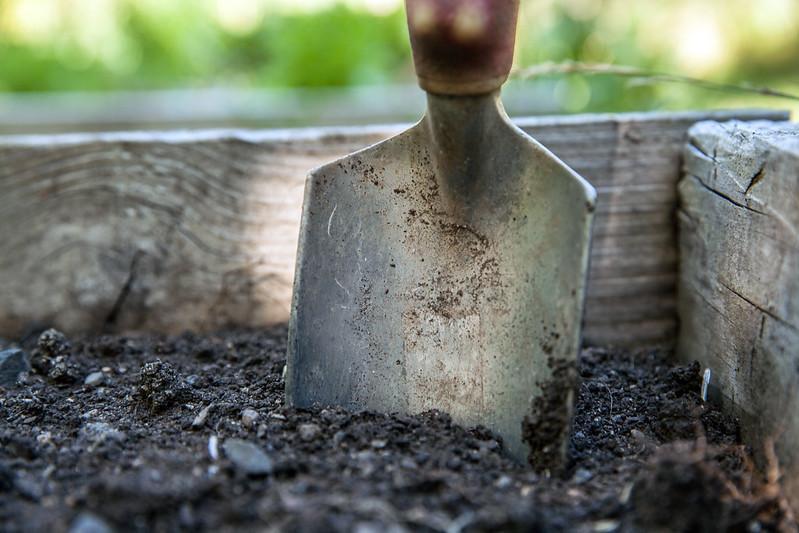
Soil microorganisms are responsible for converting the organic materials in soil into a form that plants can use.
Compost carries beneficial soil microorganisms. Microbes in the soil use chemicals stored in their bodies to decompose dead matter. Part of the process involves the fixation of nitrogen, which is required before vegetation can absorb it.
In addition, soil microbes play a vital role in preventing and treating diseases and regulating carbon, nitrogen, and phosphorus levels in the soil.
Related: Common Lawn Pests & How To Get Rid Of Them | The Ultimate Guide
Top Dressing Reduces Lawn Stress
Grass goes into a dormant state when the weather is extremely hot or cold. During this time, the grass ceases actively growing, and the lawn appears pale and dead.
Top dressing your lawn is beneficial because it lessens the impact of extreme temperatures on the grass. Top dressing materials insulate the grass from the environment, which reduces the effects of extreme hot or cold temperatures on the turf.
Top Dressing Improves Soil Quality
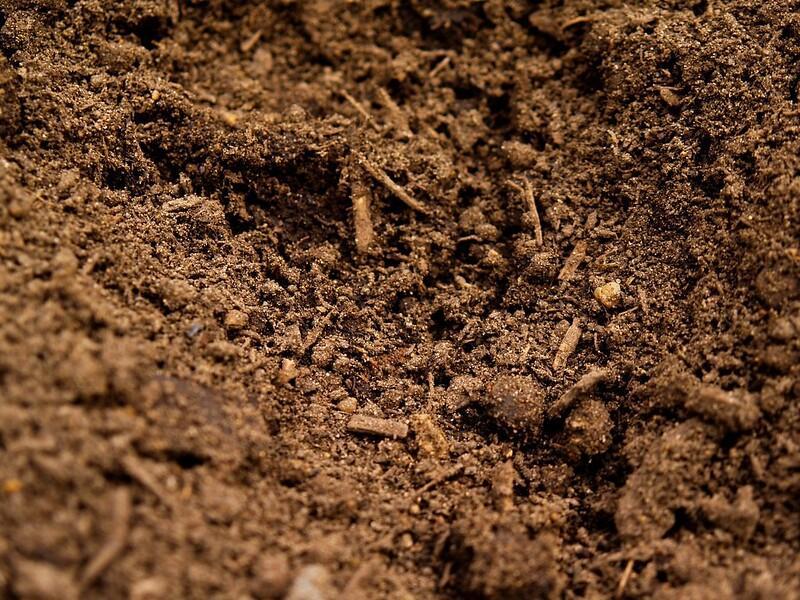
Top dressing increases soil’s water retention and improves the overall soil structure.
Nutrients like nitrogen, phosphorus, and potassium are just a few of the many that are brought into the soil through the top dressing. In addition, it raises the soil’s cation exchange capacity or capability to retain nutrients and water. This makes the grass even greener.
Top Dressing Improves Soil Aeration
When compost is decomposed by the microorganisms that live in the soil, it results in the formation of tiny air pockets.
This causes the soil to become more aerated, which allows grass roots to receive more oxygen and allows water to infiltrate the ground more readily. This, in turn, makes the lawn more resistant overall.
Top Dressing Reduces Fertilizer Needs
A lawn that has been adequately fertilized is not only lush and green but also resistant to common lawn pests like weeds. However, commercial fertilizers often have chemicals that aren’t good for the environment. This is where top dressing can help!
By applying a layer of dirt and compost over your grass, you can drastically cut down on the amount of fertilizer you use. In addition, organic matter, abundant in compost and lawn soil, decomposes easily and adds several nutrients to the ground.
Top Dressing Improves Soil Drainage
If you use a top dressing that is made of sand, you can increase the drainage of your soil and make the surface more stable. This works exceptionally well after aeration since the top dressing may be pushed into the soil through the holes that have been left behind.
In addition, Top Dressing:
- Boosts the fertility of lawn soil, thus reducing fertilizer needs.
- Increases the drought resistance of a lawn.
- Stimulates the growth of roots.
- Makes for greener turf.
- Enhances the capacity of the soil to retain nutrients.
- Makes the turf more resistant to pest damage and disease.
Types Of Top Dressing Materials
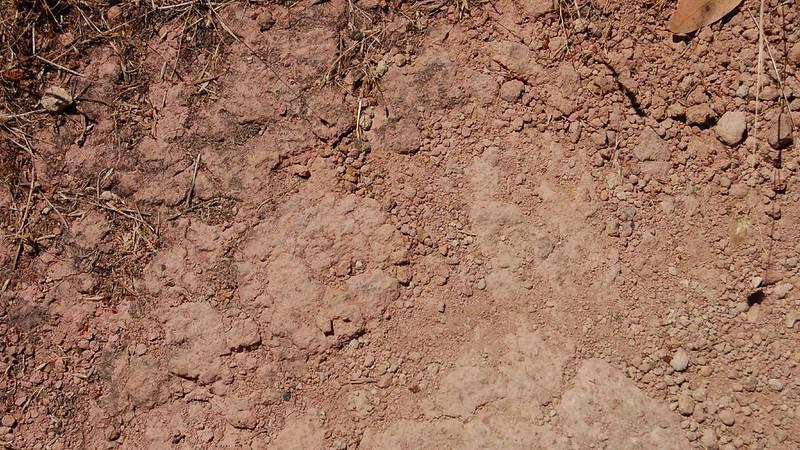
A sandy loam or loam top soil mixture is what you want and require for the majority of types of lawns.
Figuring out what kind of top dressing material you should use is one of the first and most critical tasks in the process. The top dressing material should be similar to the soil underneath it. Making improper material selection might result in major issues later on.
If you apply a sand-heavy top dressing mix on top of clay-rich soil, for example, you’ll produce a separate layer that blocks the circulation of air and water in the yard.
Top dressing material should have the same consistency as the ground underneath for maximum efficiency and benefit. Common choices include sand, topsoil that is similar to the soil you already have, high-quality compost, and a unique blend of these.
Now that we’ve established that, let’s go on to a more in-depth discussion of various top dressing materials and the merits and downsides associated with each of them.
Using Topsoil As Top Dressing Material
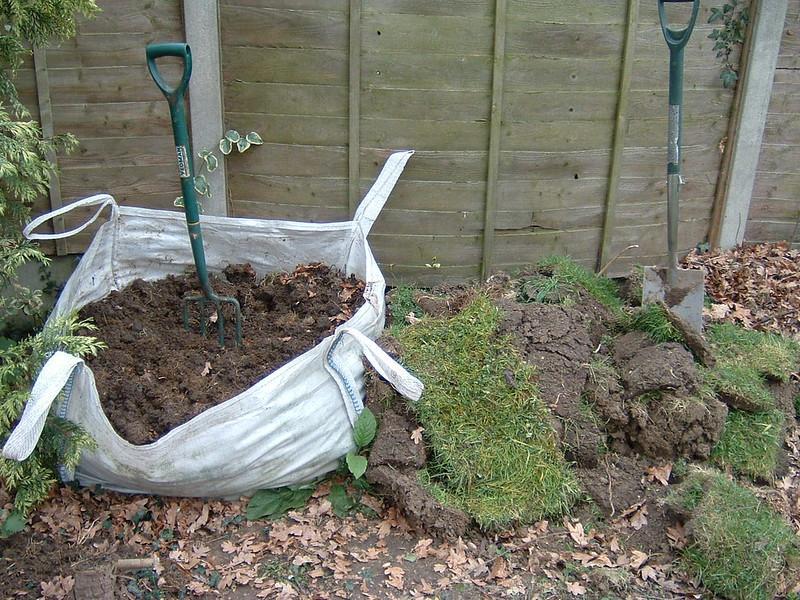
Some types of soil may benefit from a top dressing of topsoil.
When you have problems with the leveling or grading of your yard, topsoil is an excellent material to utilize as a top dressing because of its versatility. Topsoil can fill gaps or depressions in your lawn or be used to level and grade it.
It can also be used in conjunction with compost to address fertility issues in your yard. The top few inches of soil, commonly known as topsoil, are the part of the soil that can be used as a top dressing material. The microbes and organic debris that are found in topsoil are beneficial to plants of all kinds, including grass.
The use of top soil as a top dressing does, however, come with a few potential downsides. For instance, most of the topsoil the people use in their homes comes from farm fields. As a result, it may contain weeds and fertilizer chemicals that damage turf.
Related: The Best Reel Mower For Home Lawns | A Comprehensive Guide
Using Sand As Top Dressing Material
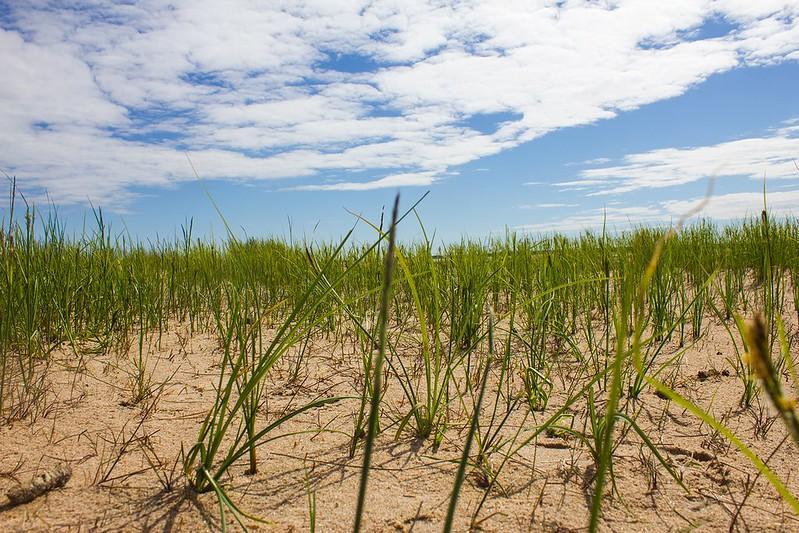
Sand with medium particle size, neither too fine nor too coarse, is ideal for top dressing.
Sand, because of the texture it has, can make your lawn smoother and help reduce the amount of thatch. Sand is especially useful as a top dressing material when you have drainage problems on your lawn.
Moreover, sand is one of the most common materials for top dressing lawns, particularly in athletic fields and golf courses.
In comparison to other top dressing materials, sand is not easily compacted and has good drainage characteristics. The addition of sand to backyards can also help solve aeration issues with the soil.
In addition to this, applying a top dressing of sand to a lawn makes it less spongy and cuts down on the amount of algae that grows on the grass.
Sand is, in general, a fantastic material for top dressing; nevertheless, a few issues might arise when using sand on lawns. Sand, for instance, does not work very well as a top dressing for clay soils because it does not keep nutrients very well.
Using Compost As Top Dressing Material
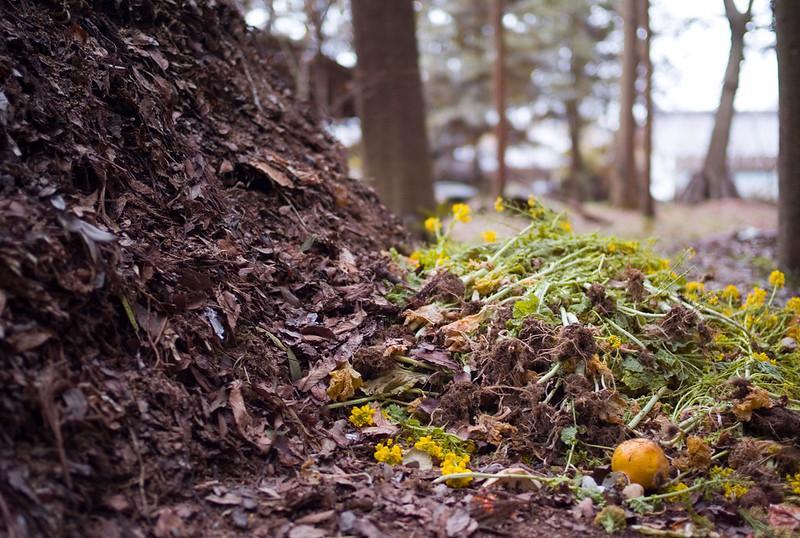
Top dressing lawn requires only a light application of compost, about a quarter to half an inch.
Compost can be used as a top dressing for a lawn to increase the amount of organic matter in the soil, which in turn improves the lawn’s tilth and drainage.
This organic debris harbors bacteria that transform organic fertilizer and soil minerals into plant-available nutrients.
Most people utilize and recommend compost as the best material for top dressing a lawn. In comparison to other top dressing materials, it descends to the ground very swiftly.
Also, compost is one of those things that, if you know how to create it, may save you the trouble of going out and buying it.
Of course, you can apply a top dressing of compost whenever the ground is not frozen, but if you use the compost immediately after aerating a lawn, you will see results that are even more remarkable.
Overseeding a lawn is another excellent opportunity to add compost. Simultaneously applying compost and seeds will boost germination and the plant’s ability to retain moisture.
Using Loam As Top Dressing Material
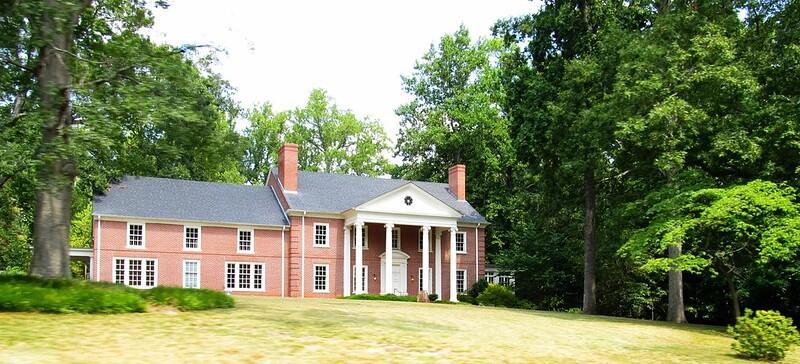
Use sandy loam if your grass is dull, compacted, and nutrient-deficient.
When doing top dressing with loam, you want to use higher quality and more finely graded loam. Its consistency can’t be too sandy or too similar to clay. The use of loam as a top dressing on a cricket pitch is perfect because, despite its firmness, grass may still grow on it.
There is also the option of using sandy loam or loam as the topsoil. This indicates that it possesses all of the components that are necessary for good soil, with the sandy loam having a higher percentage of sand than the other types.
When top dressing lawns, use sandy loam soil for clay, loam, and sandy loam soils, and use loam when the soil is very sandy. On the other hand, due to the large percentage of clay that it contains, loam should never be put on a lawn by itself.
Because of the high temperatures, the loam will bake and get compacted, which will cause the grass to have poor roots and poor drainage.
Make Your Own Top Dressing Mix
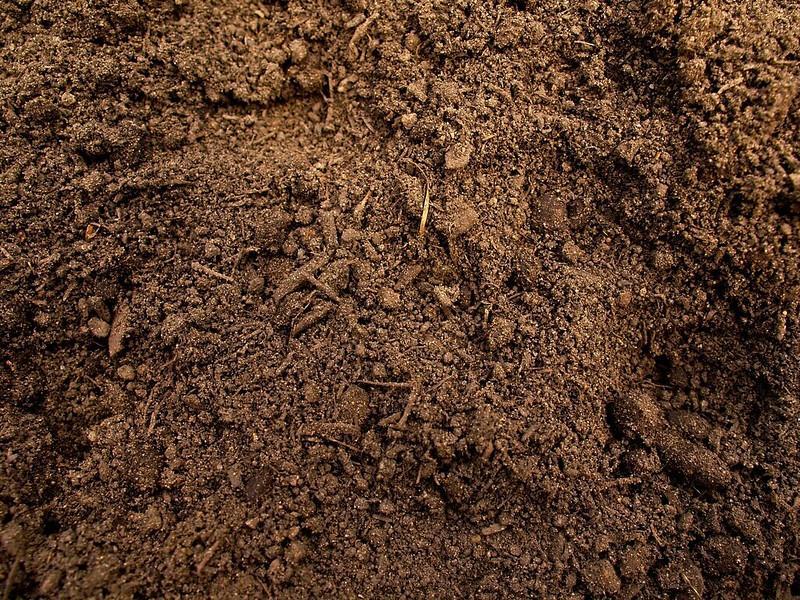
If you don’t want to buy top-dressing for your lawn, you can also make your own mix.
You can also prepare your own top dressing soil for your grass. One of the reasons why people who have lawns produce their mix is because they find it more cost-effective.
In addition, utilizing various components helps guarantee that your top dressing mixture is well-balanced.
Mix together equal proportions of soil, sand, and compost (one part). After thoroughly mixing, you will have the raw materials for your homemade top dressing ready to use.
Compost is typically used as the foundation for these homemade top dressing mixtures, which is followed by the incorporation of either topsoil or sand.
A top dressing of sand and dirt is excellent in reducing puddling on your lawn, which can contribute to grass decay.
Related: The Best Lawn Care Schedule For Northeast | A Comprehensive Guide
Choosing The Best Top Dressing For Your Lawn
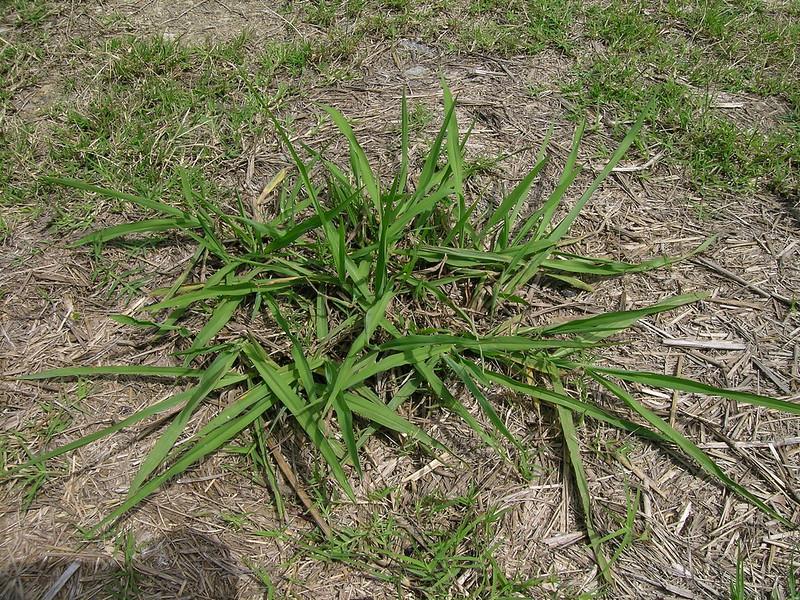
On sandy soils, mix four parts loam, three parts peat, and one part sand or top dressing.
As was just mentioned, the top dressing material you use should be similar in composition to the soil already there. The soil type can be determined by digging it with your hands.
Simply grab a fistful of it and work it into a ball with your hands. When dry, soils that are predominantly composed of loam have a velvety texture or the consistency of flour. When it comes to clay, it has a tacky texture, but after being rubbed, it becomes smooth.
On the other hand, you know you have sand-based soil when you crush the grains, and they do not stick together but instead have a gritty texture.
For Loam-Based Soils
Loam-based soil is typically in the perfect middle of sand-based and clay-based grounds. Therefore, you should use a combination of three parts loam, one part peat, and three parts sand for top dressing loam-based soil so your lawn will thrive.
For Clay-Based Soils
During the rainy seasons, these kinds of soils have drainage problems that need to be addressed. So, it is recommended that you use a top dressing combination that has two parts loam, one part peat, and four parts sand in these soils.
For Sand-Based Soils
These types of soils and lawns have excellent drainage, although they are vulnerable to dryness during the drier months of the year. Therefore, it is recommended that you use a top dressing that consists of four parts loam, three parts peat, and one part sand.
How Much Top Dressing Material Will You Need?
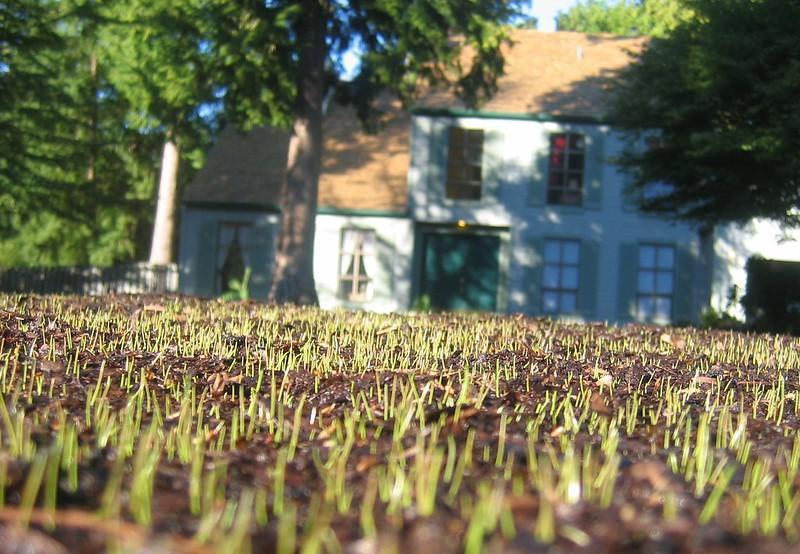
The ideal thickness of a top dressing for grass is between 0.3 centimeters and 1.2 centimeters.
The recommended thickness of the top dressing layer for a residential lawn is one-quarter of an inch. This indicates that 0.77 cubic yards of material are needed to top dress one thousand square feet.
You can calculate the amount of material required for your yard by multiplying the square footage of your yard by 0.77, then dividing that number by 1,000.
For example, if the size of your yard, in square feet, is 500, the calculations would look like this: 500 x 0.77 = 385. And 385 divided by 1,000 equals 0.385 cubic yards. So, you need about 0.4 cubic yards of necessary top dressing material.
The following table provides estimates of the quantities of material required to top dress a lawn measuring 1000 square feet to a variety of different thicknesses.
| Depth (inches) | Volume needed |
| 1/8 | 0.40 cubic yards |
| 1/4 | 0.77 cubic yards |
| 3/8 | 1.14 cubic yards |
| 1/2 | 1.54 cubic yards |
| 5/8 | 1.91 cubic yards |
| 3/4 | 2.31 cubic yards |
When Should You Top Dress Your Lawn?
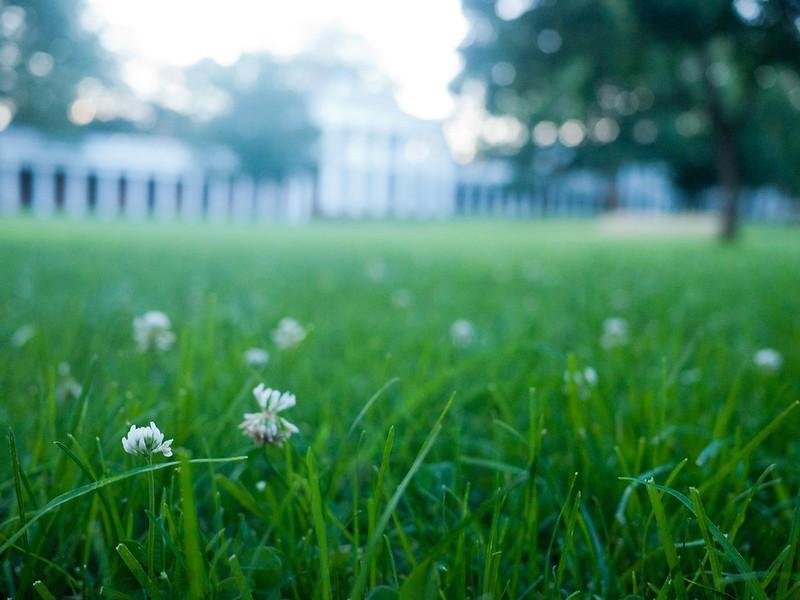
The best time to top dress a lawn is when the grass is growing actively.
Top dressing should be done only when the grass surface is dry and worked into the sward. In most cases, it is done while the grass is at its most robust growth stage.
However, depending on the grass, most individuals choose to do it in spring, fall, or summer.
Top Dressing Your Lawn In Summer
When worn areas become visible during routine maintenance, the application of top dressing at a rate of up to 1.5 liters per square meter at a depth of 1.5 millimeters will be helpful.
If it is necessary, it should be carried out in conjunction with the following:
- Fertilizing
- Hollow Tining/Forking
However, if there is already a drought in the area, you should not apply any top dressing, fertilizer, or hollow tine/fork on your lawn.
Top Dressing Your Lawn In Spring & Autumn
The use of top dressing at a rate of up to 3 liters per square meter at a depth of 3 millimeters will assist in the process of leveling the lawn, fixing worn and uneven regions, enhancing drainage, reducing thatch, and encouraging grass growth.
In the event that it is necessary, it should be carried out in conjunction with the following:
- Fertilizing
- Hollow tining/forking
- Overseeding
- Scarification
Add a layer of topsoil in the late spring if you have a warm-season lawn. However, if you have grass that thrives during the cool season, you should apply top dressing in the late fall.
Top dressing the lawn should be done no more than once per few years because it increases the level of your lawn. It is beneficial for any lawn, but homeowners should give it particular thought if they observe any of the following symptoms in their grass:
- Bald patches
- Consistent disease
- Grass that stays wet and squishy hours after you water it
- Persistent weeds
- Yellowing of grass leaves
How To Top Dress A Lawn?
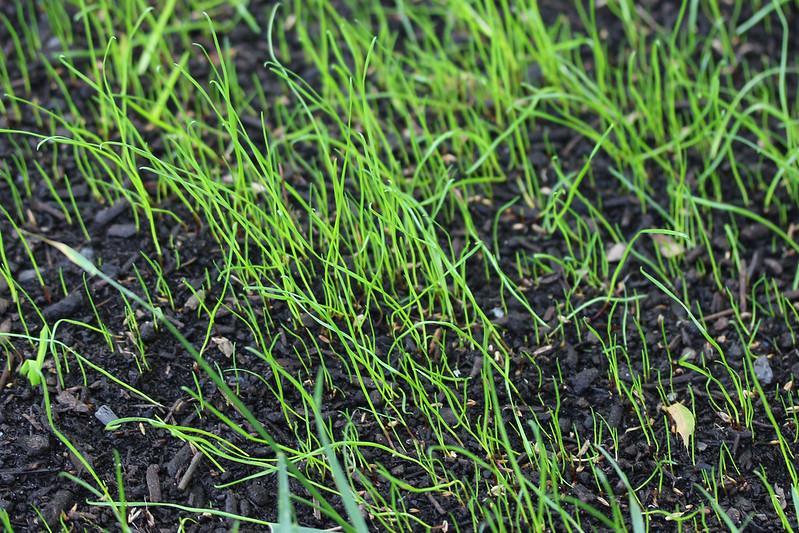
Compost, sand, or dirt used as a top dressing must be free of weeds and insects.
You can’t just slap some top dressing material down on your lawn and expect to reap all of the benefits that come along with it. Certain things require your careful attention; if you perform them incorrectly, you might even end up killing your grass.
In addition, you will require the following equipment, materials, and supplies in order to be able to top dress your lawn correctly.
- Lawn aerator
- Lawn mower
- Shovel
- Steel rake
- Top dressing mix
- Wheelbarrow
Step 1. Test Your Lawn Soil
If you are considering applying top dressing to your lawn, there is a good possibility that you have experienced some problems with your grass.
Conducting a soil test right now is a wonderful idea if you want to make sure you fix any nutrient shortages in your lawn or check to see if the soil pH of your lawn needs to be adjusted.
Step 2. Remove Lawn Weeds & Debris
You should walk around your lawn a couple of days before applying the top dressing and treat any weeds that you find with an effective herbicide that will kill the weeds without harming your lawn.
Additionally, remove debris such as clippings, dead leaves, dirt, and other particles that can prevent your top dressing material from penetrating the surface.
Step 3. Aerate & Mow The Lawn
Tear off the thatch layer so that the top dressing material can penetrate the surface of the surface dressing. To quickly separate the thatch, you can use a rake or hire an aerator to do the job. After that, cut your grass as short as feasible without causing damage to your lawn.
Step 4. Buy Quality Top Dressing Materials
If you are going to use compost, sand, or dirt as a top dressing on your lawn, you need to be sure that they are clean and clear of any weeds or insects that could be an issue.
If you are going to use topsoil, check to see that it does not include any chemicals that could be dangerous. For example, sand can be used to remedy drainage problems, but you need to make sure the sand is coarse enough.
Compost of high quality can be made at home using the leaves of dead trees, grass clippings, and food scraps.
Step 5. Overseed Your Lawn
Even though it’s not required when you top dress your lawn, distributing a few grass seeds across your yard can help increase the amount of grass that grows there.
Step 6. Spread The Top Dressing Material
Working in small sections, just a few square feet at a time, remove a little portion of your material by excavating it with a shovel. Next, spread the top dressing across the lawn by “flinging” the materials with your shovel in a motion similar to hitting a hockey puck.
The depth of the top dressing should be between 1/8 and 1/2 inch. Alternatively, you might create a thin layer by dumping the material in little piles, which would make it much simpler to rake out later.
In addition, a spreader designed for peat moss can also be used for compost as long as the material to be composted is dry and has been screened.
Step 7. Rake It All In
When you are finished, rake your top dressing material into the surface so that it is evenly distributed, and then thoroughly water your grass afterward.
It is essential to make sure that any clumps of compost are broken up, and that you rake each area thoroughly so that the compost is no more than a quarter of an inch thick.
Step 8. Fertilize & Water
After that, put down some starter fertilizer. Starter fertilizers have a higher phosphorus middle number. After you have finished, you should water to help the topsoil settle.
Final Thoughts
The process of top dressing can be very labor intensive. However, it offers a natural and healthy approach to giving your grass the appearance of the perfect lawn you’ve always imagined having.
All that is required is a strong will and some effort put in here and there. Also, even though the soil is fertile and the grass is green, your yard may still want some more assistance.
Talk to the professionals in your area who take care of lawns and offer top dressing services if you need assistance with the process.
Frequently Asked Questions
What is a good top dressing for lawns?
When it comes to top dressing your grass, compost is the best material to use. The greatest way to supply the long-lasting, slow-release nutrients that stimulate optimal growth in turf grass is to top dress a lawn with compost.
Your grass will benefit significantly from the organic matter present in compost as long as it is finished and has fillers.
What time of year should I top dress my lawn?
Learning when to top treat your grass is just as crucial as knowing how to do it. Top dressing your grass is best done in the spring or summer when the grass is actively growing.
Never apply a top dressing in the winter. Top dressing should be applied only when the grass surface is dry, and then it should be worked into the sward.
Is top dressing the same as topsoil?
Top dressing is the process of applying “topsoil,” which is a loam-like substance made up of clay, sand, and silt.
It is used as part of a routine lawn maintenance program to enhance soil quality, level off uneven terrain, and improve drainage. Topsoil and compost are mixed in lawn dressing in proportions that produce the desired results.
Can I add topsoil to my existing lawn?
Topsoil can be used to fill in low parts of your lawn by layering it over your current lawn and leveling it with a rake. To add dirt to your lawn without hurting it, use the lawn’s native topsoil.
The grass will poke through the new topsoil, revealing the benefits of the improved soil.
Should I mow before top dressing?
It is important to make sure that your lawn has been mowed and that any debris has been removed the day before you apply the top dressing. This will ensure that the nutrients are able to infiltrate the soil effectively. Also, try to work on a dry day.
Sources for Further Reading
Top dressing A Home Lawn. (2022). Clemson University Cooperative Extension Service. Retrieved 11 October 2022, from https://hgic.clemson.edu/factsheet/top dressing-a-home-lawn/
Lawn Aeration and Top dressing. (2022). University of Wisconsin-Madison Division of Extension. Retrieved 11 October 2022, from https://hort.extension.wisc.edu/articles/lawn-aeration-and-top dressing/
Top dressing | Sports field management. Cornell University. 2022. Retrieved 11 October 2022, from https://safesportsfields.cals.cornell.edu/routine-care/top dressing/
What does top dress mean, and why is it done? | Mississippi State University Extension Service. (2022). Retrieved 11 October 2022, from http://extension.msstate.edu/content/what-does-top dress-mean-and-why-it-done
Editor’s Recommendations
How To Plant And Grow A New Zoysia Grass Lawn? Super Smart Tips & Tricks
How To Create A Wildflower Meadow? And, Is A Wildflower Lawn Worth It?
Do Brand New Lawn Mower Blades Need To Be Sharpened? A Beginner’s Guide







